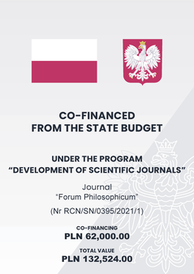- Home »
- Issues »
- 23/2 – Fall 2018 »
- Articles »
Mimesis and Attention
On Christian Sophrosyne
Abstract
One might well wonder about the source of Girard’s knowledge. Where is it thought to have come from in the first place? From what vantage point are we supposed to be surveying the events he claims are originary? And what, then, is the condition for the very possibility of his Christian wisdom? In this paper, I argue that we can put forward a tentative solution by looking at one particular aspect of all the texts that Girard has interpreted: they are all written texts. Analyzing this in detail with the assistance of the proposals of Bernard Stiegler, I will claim that it is writing itself that has afforded us the possibility of paying attention. Moreover, in the second section, I shall also put forward an analysis of the gnoseological condition of the possibility of Christian wisdom. To do so, I expand on Stiegler’s reading of Kant’s notion of schema focusing on its relation with the hermeneutical notion of figura, as presented by Erich Auerbach. Commenting on the common rhetorical setting of both the Critique of Pure Rea- son and the Bible, I then show that these two written texts address a very similar problem—a critique of the way people judge—and also put forward, surprisingly, much the same solution: to properly judge, it would be better to take into account past examples of judgments and consider that, no matter whether we critique them or not, they will schematize our own experiences and influence our intentionality.
Cite this article
Antonelli, Emanuele. “Mimesis and Attention : On Christian Sophrosyne.” Forum Philosophicum 23, no. 2 (2018): 259–274. doi: 10.35765/forphil.2018.2302.15.




